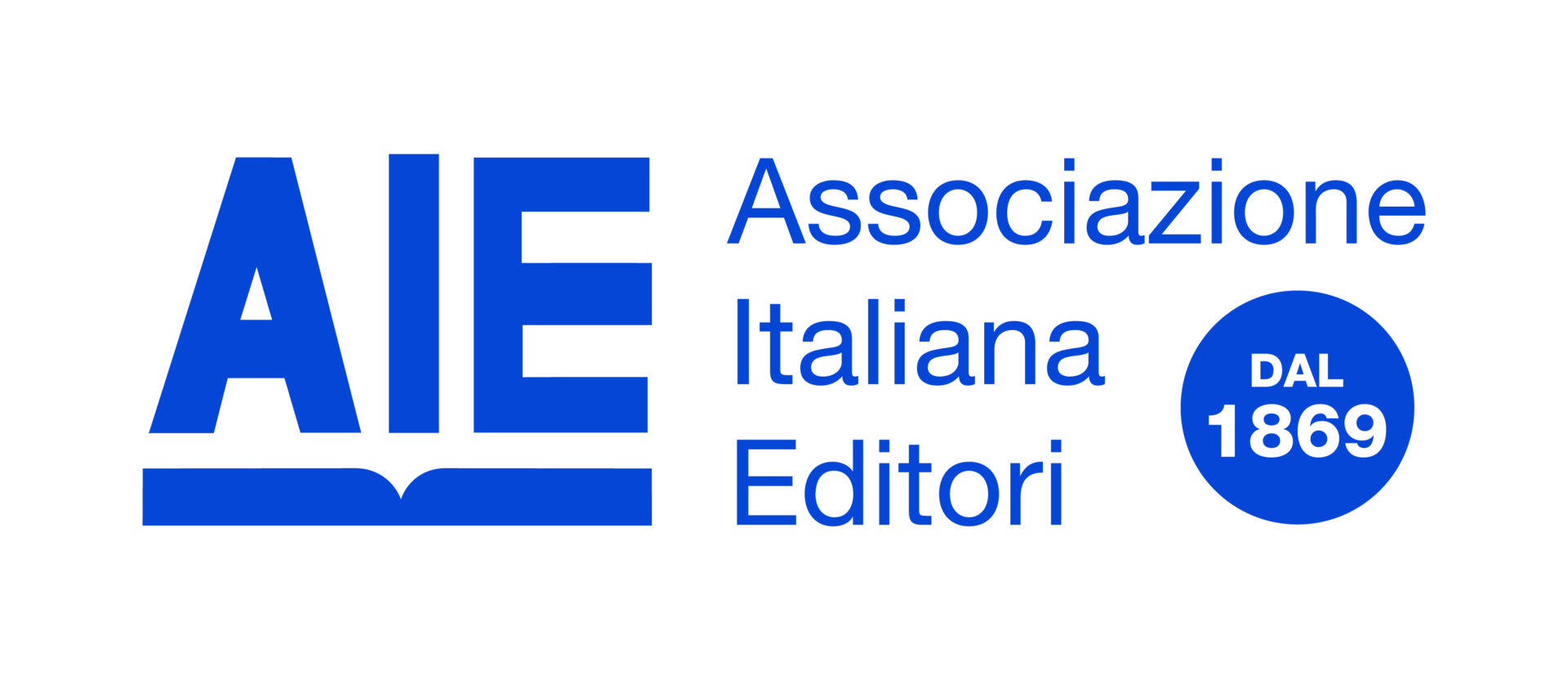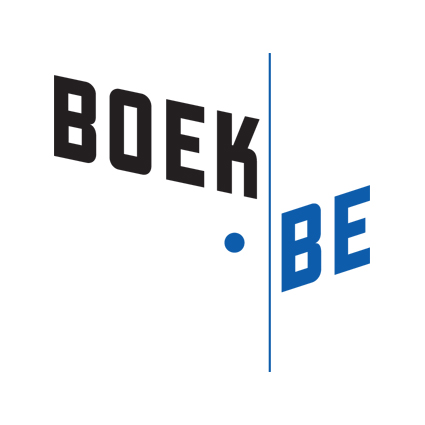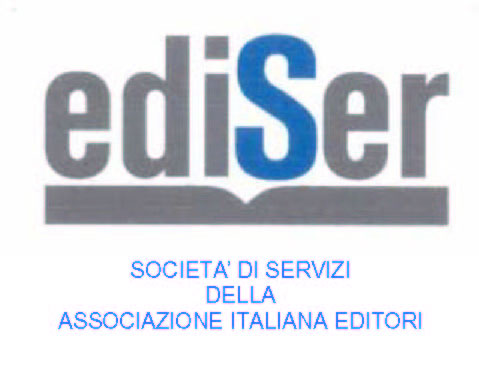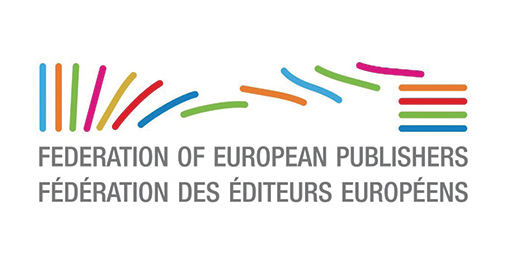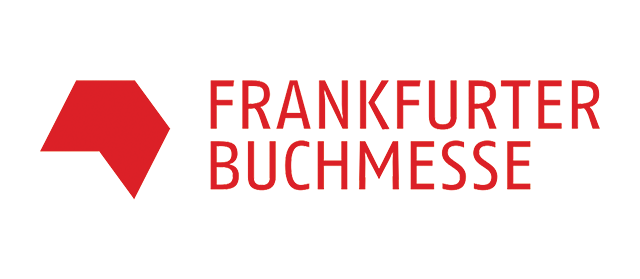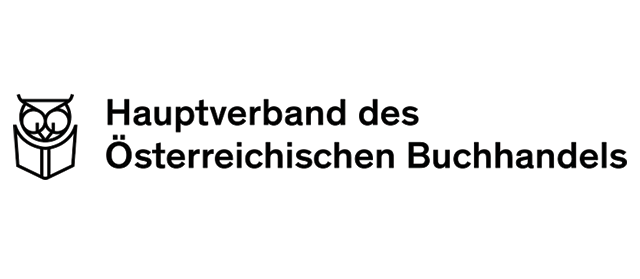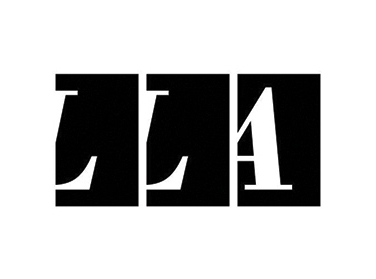In anticipation of the 2023 Bologna Children’s Book Fair, CBF and BLTF/Kids in partnership with Licensing Magazine organized an interesting webinar that showed inspiring examples, facts and figures highlighting the close connection between toys and publishing. A relationship “not as strong as it should be”, according to host Cristina Angelucci (Editor in Chief, Licensing Magazine). So, what are the challenges and opportunities?
Book based properties and the toy industry
When pressurized by the limited time frame of his panel, Steve Reece (Managing Director at Kids Brand Insight, UK) settles for three aspects for understanding the dynamics of books’ relationship with the toy market. On the one hand, there are two sources of change: demographics and technology. And then there are the basic book properties which won’t change. Creating strong characters, stories and plotlines which lead to full immersion and make users want to commit a lot of time: books naturally have the basic properties which are essential also for toys.
Point of Sale, product material, and purchase dynamics
So how come that, in the past, toys connected to high performing books often turned out commercially disappointing in the toyshops? One key lies in the material: boardgames and jigsaw puzzles, the realm of cardboard and print, is closer to home for publishers. Also, booksellers understand book brands better and know what their typical customers like, while at the same time, paper-based products are more in tune with the typical non-book articles of bookstores. (Plastic) toys and plush, on the other hand, fair less successfully here. They also require more costly investments in their production. But apart from mere economic or technological obstacles, it must be considered that the purchase dynamic for children is a combination of child and parent. With books, the parent part in this dynamic is usually much bigger than with classic toys. This is part cause, part consequence why books are more prone to inspiring knowledge games or wooden toys than, for example, original screen characters.
Changing demographics: enter the “kidult”
And speaking of parents: The demographic pyramid is changing, so for most European societies, there are less children and more adults today than in the past. Also, those adults differ from past generations and have opened up a new kind of audience, that of the “kidults”. While there are still original kids’ franchises, people now tend to take their favourites with them as they grow and eventually are willing to pay significant sums for merchandise and gimmicks. Increasing brand awareness is also among the important changes addressed by Philippe Guinaudeau (CEO of Brand Trends, France). So in general, licensing is on the rise. One important difference observed between children and kidults though is that children are “more picky”: “Yes, they want their characters, but only for certain types of games,” Guinaudeau summarizes. The kidult, on the other hand, seems to set different priorities here and shows stronger ties to the brand itself.
Technology: Toys looking for storytelling, books looking for interaction
As for technology, European kids nowadays grow up with all sorts of interactive apps and tools and become more used to an interactive relationship also with their stories. Spending time on their smartphones, with apps 9 hours per week, has become the number one activity in the youngest audience, but this encompasses different types of pass-times: social media, playing video games and watching movies. This is important with respect to toys, since playing with toys and playing video games draws on very similar cognitive skills. But it has also changed children’s attitude and expectations towards books. A surprising observation is that instead of diminishing it, these changes seem to have resulted in an even higher demand for books and toys. And another calming thought for those still hesitating to embrace the digital: “70% of toys have no battery”, Guinaudeau says, so this demand for interaction does not necessarily mean that only AI and augmented reality features can do the trick.
Streaming: “The new kid in town”
For decades, moving pictures, in the form of television, have been books’ number one ‘adversary’ when it comes to competing for the (leisure) time of the user. That has not generally changed, but the change from classic television broadcast to on demand services takes the situation to a whole new level. Most importantly, market analyses show that the purchase power is moving in the direction of the on demand, streamable content. With franchises now having the potential for a much wider reach – because as opposed to past decades, the ‘fandoms’ are barely disconnected via national borders – it becomes clear that publishers need to take streaming services seriously as their entryway into the toy market.
The European toy market: resilience in troubled times
The past years have certainly posed big challenges for the market in general. But the overall message by Almudena Martinze Otero (Head of Europe Toys retail at the NPD Group, Spain) is that the toy market shows high resilience in the face of those challenging times and that it has recovered from the majority of drawbacks inflicted by the ‘pandemic legacy’. However, the general economic situation has forced customers to rebalance their priorities in 2022 and NPD found that 23% of respondents in their survey claimed that toys were among the segments where they spent less money. (For comparison: Books were named by 17%.) What stands out is that out of the 11 “super categories” used to further differentiate the toy market, those usually seen as “girls’ categories” show significant negative trends. But Otero estimates that this is mainly due to a temporary lack of “newness” in the respective product lines, which will be compensated by new launches up ahead. A different hypothesis, suggested by Angelucci, whether this might have to do with changing attitudes towards the classic definitions of “girlishness”, remains an open question for now. But throughout almost all the panels, speakers generally agree that discussions about gender equality, diversity and inclusivity are gaining more and more momentum not only, but especially in the contents and the stories that are being told by books and by toys alike.
Illustration and toys: the winning match (?)
One of the aspects brought forward by Reece is that interlinking channels becomes much easier when the original book content comes with illustrations already well suited for such adaptations. Consequentially, the use of high quality, artistic illustrations is much more than a means of graftage, since it can constitute many bridges within the 21stcentury, omni-channel franchise. Moreveor, Susanna Iraci (Toy designer at Bicco) points out, illustrations should not be perceived only as decorative elements on toys, but also by their potential to ‘explain’ how certain toys can be used. Another claim of hers is that the classic approach of choosing bright colours and sharp contrasts for toy design makes it less likely that parents – or children growing up – will still want those objects in their home. Daring more mature, more quiet designs can increase the chances that the same items will still be wanted by the ”kidult”. The French POPPIK series, presented by founder Delphine Badreddine, appears just the right example for this argument. The products evolve from an interactive, yet entirely paper-based, toy to play with, into an accomplished result which comprises the properties of both an educational poster as well as a beautiful home decoration element. The internationally acclaimed illustrator Philip Giordano confirms that between illustrating a picture book and providing commercial artworks for toy companies, the degree of liberty left to the artists’ own signature is very much different, to say the least. It is thus possible, but certainly not always easy, to stay true to one’s own artistic style in those contexts.
Books will be books – and so much more
“Staying true to your roots” could also be considered as the basic take home message for publishers from this webinar: good storytelling and fascinating characters have always been the key characteristics of successful books, and that has not changed. So the point is not to re-model what books are, but to promote what they (already) do best and re-think how these assets can be ‘traded’ across market borders. If anything, it is probably the marketing – and licensing – strategies which need the innovation, to take advantage of the full momentum and to create (or maintain) a strong brand. And this webinar certainly was a cornucopia of prompts for anyone in the creative industry looking for new ideas to tackle the new challenges. Not least the last panel, hosting Ian Schaapman (Board Member of The Mouse Mansion, Netherlands) and Marina Tsevileva (Chief Marketing Officer, Bimi Boo Kids, USA) presented interesting case studies of how brands can expand from single channel – print first in the case of the Mouse Mansionon the one, and digital first in the case of Birmi Books on the other end of the spectrum – to multi and even omni-channel franchises.
If you missed the opportunity to follow the live event, a recording of all five sessions will soon be available on demand via the BCBF Website
 By
By 



